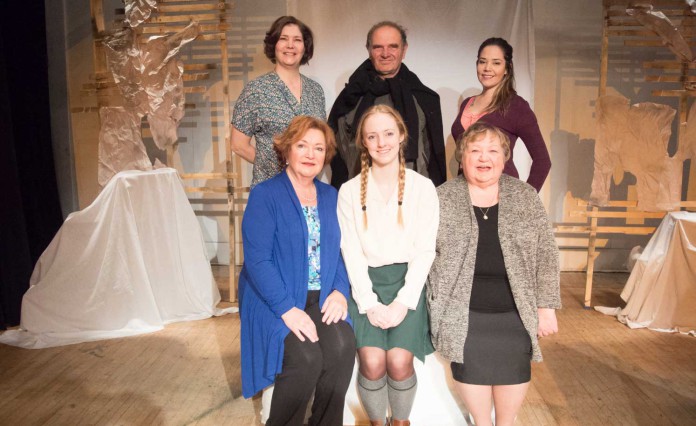To the Expositor:
March 8 was International Women’s Day, a day to celebrate social, cultural, economic and political achievements of women worldwide. It was also a call-to-action day to continue work on gender parity. There is a lot to celebrate–women in Canada can vote in political elections. Women in Canada can drive cars without being prosecuted, or persecuted. Women in Canada can go outdoors in public places without having to be escorted by a male relative. Women in Canada can open bank accounts without a male relative’s permission.
Indian women in Canada successfully challenged the Indian Act which removed their indigenous rights if they married non-Indians. Indian women in Canada obtained the right to vote in political elections in 1960. Indigenous women in Canada have the right to think as we choose without the “thought police” infringing upon this privacy.
But there are still situations which are dangerous and unpredictable for indigenous women in Canada. Indigenous women have been, and continue to be, murdered or disappeared, at last count nearly 1,200 missing and murdered indigenous women. There is financial abuse, as in depriving an elder of the financial investment she makes in renovating a house given to her. There is psychological abuse, as when a male relative gets drunk and drugged and swears and curses at the Anishinaabe woman. There is spiritual abuse, as in a male family member going to court to obtain a court order to deprive a female elder of her home and land. There is also physical abuse as when a man attempts to strangle an indigenous woman visiting her parents. When these abuses are inflicted upon older women, this is called elder abuse. There are also systemic, structural and procedural abuses. This occurs when an Anishinaabe woman does not have secure title to traditional indigenous land despite Indigenous Affairs and Northern Development’s documents which recognize “informal land holdings,” their terminology for recognition of ancestral indigenous land tenure. A certificate of possession which Indigenous Affairs allots to “Indians” for land which one can use, occupy, and possess is not ownership. Certificates of possession are the closest that “Indians” can get to ownership. The title of a CP is still held by Indigenous Affairs and Northern Development aka the Government of Canada. Traditional indigenous land tenure? Aha! This is an animal of a very different stripe that has mostly been invisible to indigenous women–until now.
Since when did indigenous people give up our land so that the Government of Canada can “own” it? Since when did indigenous women give up our equality so that males on Indian reserves have more rights to land occupation than females do? Notice the word occupation, not “ownership.” These systemic and structural impediments have been, and continue to be, successful in keeping indigenous people in situations of dispossession, in legacies of subordination, and in “spiritual homelessness” where one is separated from one’s traditional lands and and one’s kinship networks. Ninety-nine percent of Canada’s lands, more than nine million square kilometres, are held by non-indigenous people. One percent is what has been allotted to “Indians,” called Indian reserves, or “shkoon-ganing”–that which is left over.
However, there have always been lights at the end of the tunnel. It’s just that those who should see it have been willfully blind. The lights are these–there was no “terra nullius” when the first Europeans arrived in the Americas; and there was no “doctrine of discovery.” Terra nullius refers to empty land. The Americas at the time of European arrival were vibrant with hundreds of millions of indigenous peoples in city-states and in various iterations of organized societies from the Arctic to the Tierra del Fuego. Empty land it was not. So “terra nullius” is as valid as the dodo bird. As to the “doctrine of discovery” that went out with the grey bath-water, too. There is a text titled ‘Bones, Boats and Bison’ which documents the evidence of indigenous civilization, presence, and active utilization of resources from “time immemorial,” or at least from 50,000 to 35,000 years before present (BP). Guess who was watching whom when the first sailing ships washed up on the shores of the Atlantic and the Pacific and the Arctic Oceans in our “Old World?” Our traditional knowledge-keepers predicted the arrival of the Europeans long before they actually arrived, and so it was no surprise when the enormous white sea-gull sailed up the big river with brown bears climbing the branches of its tree.
Progress? I don’t know–I’m still an Indigenous woman homeless in my own homeland. I’m still a refugee on my ancestral territory. I’m still at risk for being murdered, or disappeared.
On the upside, at least I can get a driver’s licence to drive a car without prosecution. I can open a bank account, and I do not need a male relative escort every time I step out of my shelter. Happy International Women’s Day.
Marie McGregor Pitawanakwat
Whitefish River First Nation




